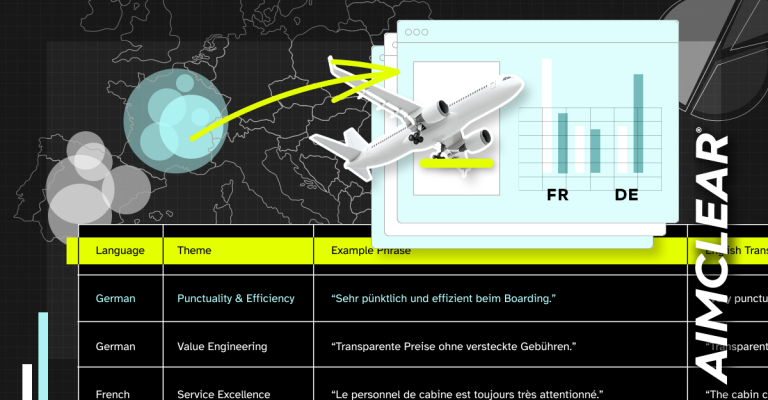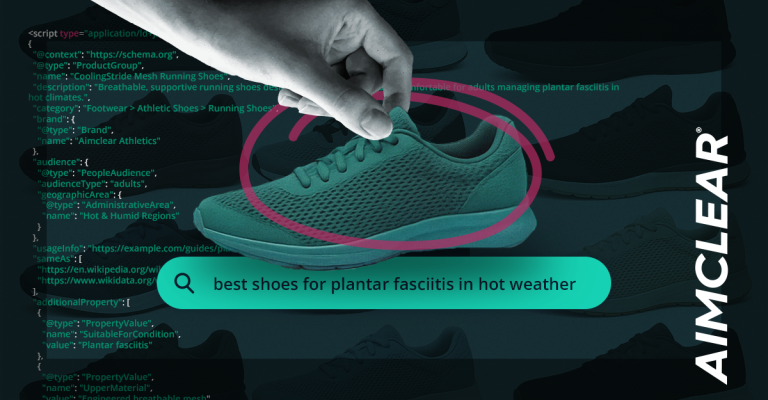
Michael discussed “The Future of Local Search, Google’s Strategic Vision”, which is all about the “broad for context” and the “minute for relevance”. He shared incredible Google-mapped big-screen examples including statistics and stories from the Darfur genocide (literally house to house and village to village). Other animated screen shots included regional, subway information, election results, restaurants, flood damage, and many other applications where geo-perspective provides context for information.
Google believes that most of human knowledge is “afforded perspective and clarity by providing geographic context.” “There’s information that belongs on the page. There’s other information that belongs on a map. Some data belongs in either place. Most of the world’s information can go on either one.”
Understand the Parallels: Hotel Concierge Services
He does not think that Google is best in the world at local search. With a wry smile he credits his inspiration to professional concierges in hotels, who must possess the following attributes for effectiveness. He sees these qualities as good examples of what search engines have to master for intuitive mobile and local search:
Discretion (information privacy)
Courteous (ask clarifying questions)
Empathic to unique needs (where he thinks Google “strikes out completely”)
Multi-lingual (translation)
Quick spirited (transactional-make the reservation!)
Must know their regions ranging from hyper-local to regional.
Have colleagues to reach out to for other answer-sources (universal search).
“In a world where the present is everything, concierges must get a feel for clients and their needs without fail and in a very short lapse of time.”
Potential Interaction Modalities
He referred to methods of interaction most users engage in when seeking local results along with the corresponding Google services. Users might type a question and receive a webpage of local results (Google), ask a question and receive a sequence of spoken local results (800-GOOG-411), SMS a question and receive an SMS stream of local results (SMS: GOOGL), or users might browse a location and receive a visual display of local results (Google Maps).
Michael explained that every place with a physical location is “local” data, and Google’s geo-mission is to geographically organize the world’s information and make it universally accessible and useful to people and businesses. He looks to indexed books, photos, news, videos, blogs, weather, local transit, and many other verticals as emerging frontiers. All of these types of information can be “better communicated” when placed in geographical perspective on a map.
A Sense of Place
Jones made it clear that:
“It’s not about the map itself. It’s about the map as context for the word’s information. Sometimes you can accomplish this with an application like Google Earth. Sometimes it’s better on a webpage. Most of the time the information is viable in both places. Blending them into a hybrid display is the future when everything will be like the iPhone.”
Michael Jones is nearly evangelistic when he explains, “The context for our planet is very important. It’s all about giving you a sense of place. “
Speaker Resource
Interviews:
Geospatial Democracy GCN interview with Michael Jones, Google Earth Chief Technologist
Google Earth Blog Interview With Michael Jones – Google Earth Chief Technology Officer
SlashGeo Google Earth CTO Michael Jones on Place Search
MeFedia: My interview with Michael Jones, head of Google Earth
Google Earth Blog SERP querying “Michael Jones”
Michael Jones LinkedIn Profile








